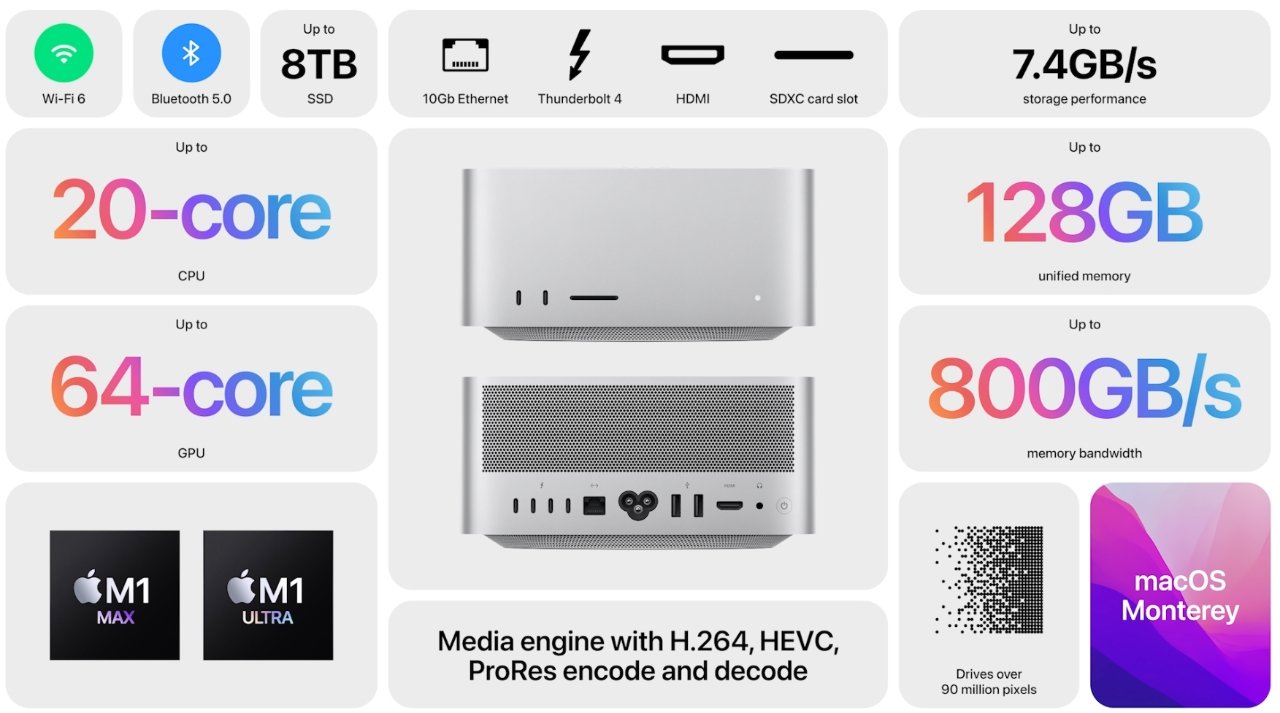

- #PLEX MAC MINI HARDWARE DECODING ANDROID#
- #PLEX MAC MINI HARDWARE DECODING PRO#
- #PLEX MAC MINI HARDWARE DECODING SOFTWARE#
Furthermore, the Nvidia Shield TV Pro 2019 is arguably the greatest streaming device on the planet. The Nvidia Shield TV Pro 2019 is the best overall Plex client device. Best Overall Media Streamer for Plex – Nvidia Shield TV Pro 2019 With a Plex client app installed on a compatible streaming device, the app sends a request to the server which will begin to play that file for you to see and hear in real-time. Whereas your server houses your media library, Plex media players let actually stream it.
#PLEX MAC MINI HARDWARE DECODING ANDROID#
Simply put, a Plex client device is what you stream your media to, such as a Roku, Apple TV, or Android TV set-top box. As such, you can digitize your entire film, television show, and music collection, then store it on your server and use Plex to play your media remotely. You can think of it as a sort of do-it-yourself (DIY) Netflix or Spotify where you provide the audio and video files, and Plex organizes that content, downloads metadata and box art, as well as lets you access it from anywhere around your home or from abroad. Whereas the likes of Netflix, Hulu, and Disney+ let you subscribe and stream content from their platform, with Plex you provide all of the movies, TV shows, and music.

#PLEX MAC MINI HARDWARE DECODING SOFTWARE#
Thanks for any assistance anyone can provide.Plex is a media server software solution. Sample source files and logs can be found here. The current version of mpv installed is: 0.25.0-92-gbc3365b But the interface and UI is so much improved with Plex Media Player that the older app is a pain to even look at and use these days. I think that player by default would do a frame-based deinterlace, and use videotoolbox for H.264, so performance was always quite good on these systems. Oddly enough, I never used to have these issues with the older Plex Home Theater app. I know there is the 'hwdec-codecs=' option, but as far as I can tell, this is an all-or-nothing sort of thing <= meaning I can't specify this multiple times within a single conf file.
While I know that field-based deinterlacing is preferable to frame-based, there are two key issues here precluding me from using this:


 0 kommentar(er)
0 kommentar(er)
